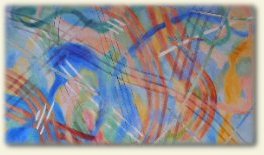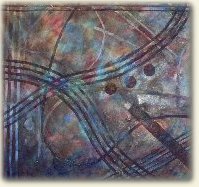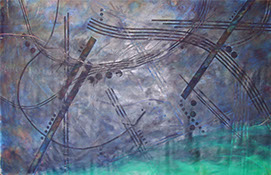Suzuki Piano

We are born with a natural ability to learn.
Ability breeds ability,
talent develops talent.
-Shinichi Suzuki
from Nurtured by Love
So, you've got the notes, the fingering and the rhythm and you don't make any mistakes. Does this mean you can play music? There are three other elements of musicality that make "music" music. Otherwise, you just create organized sound. These elements are timing, dynamics, and articulation. Developing the intuition to apply musicality in your music makes you a pianist rather than a piano player. Each element has its own wide ranging extremes to discover. Dynamics is so much more than loud or soft. Articulation is so much more than staccato or legato. Timing is so much more than straight time and tempo.
The subtlety of sound is truly investigated as the ear's ability to discern tone qualities is heightened. If you're going to learn to play the piano, you might as well learn how to produce the best tone from the piano. Anybody can push a key down, but how many people produce a beautiful tone?

A musician
cannot move others
unless he himself is moved.
-CPE Bach
Did you know there are pedal zones? Joseph Banowetz's book "The Pianist's Guide To Pedaling" is an excellent source on pedaling technique. Pedaling is an area much too often ignored in piano teaching. Your foot needs technique, too! You'll be amazed at the difference you hear once you attend to training your pedal foot. Can you imagine a chauffeur that doesn't break well? Well, that's what you might sound like with an untrained foot.
More information about the history and methodology of the Suzuki method can be found at these organizations sites as well as many other state and local Suzuki organizations you can search for. Teaching the Suzuki method requires training and certification.
Mastery over body mechanics is essential to developing flawless technique. This takes time, patience, and lots of practice. Most importantly, you need proper instruction. Instruction in technique can never come from a book, and especially not from exercises created for the sole purpose of repeating sequences of notes. These exercises done with poor technique just further solidifies faulty and labored muscle memory. Each finger has its optimal position, as transient as it may be, and the hand and the arm should be in balance to support the independent action of each finger. Without independence, your fingers won't be consistent in touch or rhythm in scale passages, or be able to play Chopin, holding down notes with fingers 1 and 2 and trilling fingers 4 and 5 at the same time.
Yes, I teach music reading. The Suzuki method does not mean that you don't read music. I teach reading using a variety of approaches, designed to make sight-reading a very manageable task. What Suzuki develops above reading music, is lightening fast memory, superior tone, and an intuitive ear. These are valuable skills for a musician, ones that give you freedom from the paper, and freedom to express.
Every song has steps to being performable. Concert pianists do not sight-read on stage. It is memorized, in fact "over-memorized." A song goes through these stages - learning the notes and rhythm, correct fingering, solid technique, musicality and tone, and finally "owning" the song or mastery. Each stage of a song is documented on the student's progress record. Students love to look back and see the proof of their accomplishments.
CONTACT
Please email me if you are interested in lessons.
My email is my first name, brigitte, spelled with 2 i's and no D, followed by @singersheart.com
I look forward to hearing from you!
